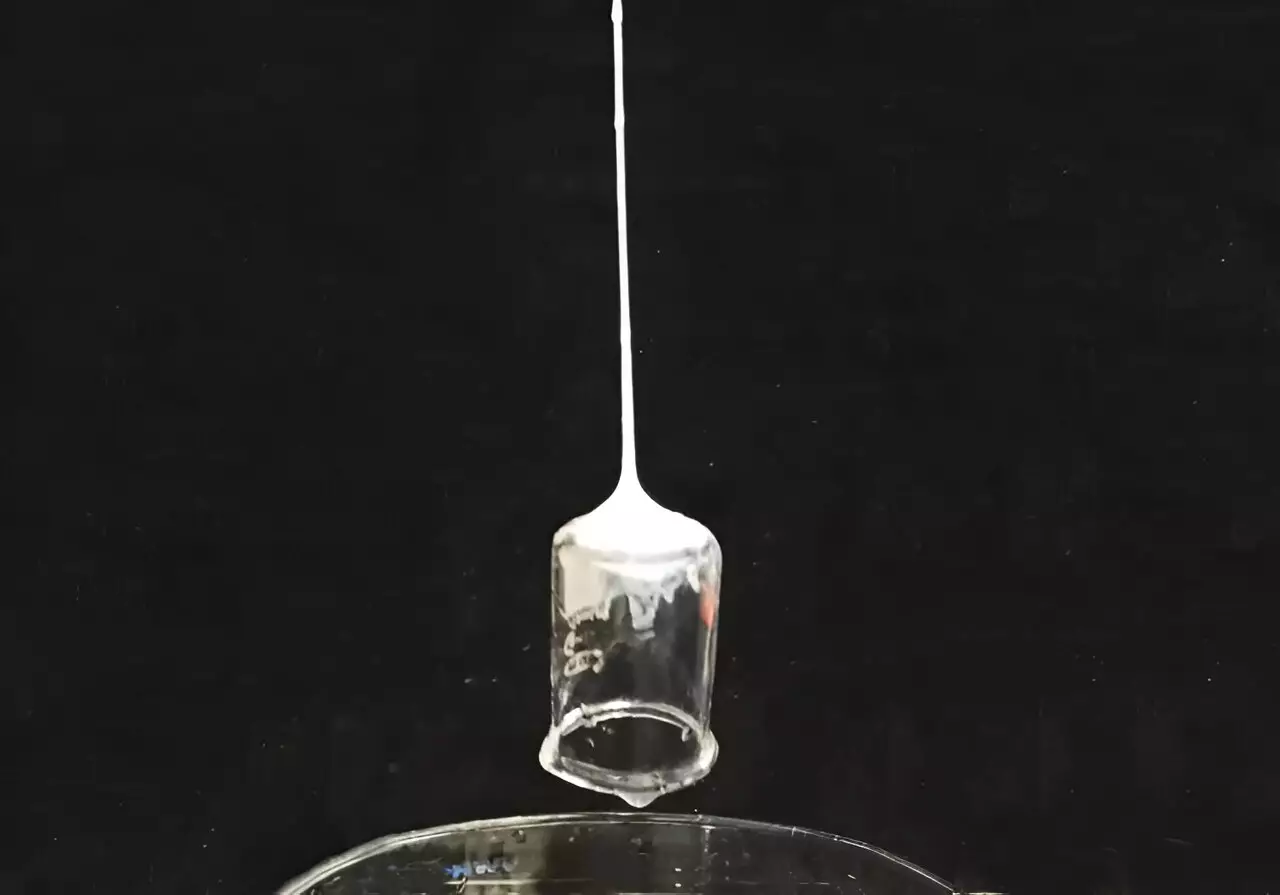The allure of superheroes and their abilities has captivated the imagination of children and adults alike. Among these mythical figures, Spider-Man stands out with his ability to swing effortlessly between skyscrapers, effortlessly capturing villains with his web-slinging prowess. However, what if this dream could transcend the pages of comic books and leap into reality? Researchers from Tufts University have taken steps toward this captivating notion by developing a remarkable technology that mimics the natural web-spinning talents of spiders. Their innovative work is documented in the journal Advanced Functional Materials, showcasing a revolutionary way to create sticky fibers from silk fibroin.
The journey to this significant technological milestone began with the natural sorcery of silkworms and spiders. By utilizing the fibroin proteins that are extracted from silk moth cocoons, the researchers at Tufts University entered a complex dialogue with nature, attempting to replicate and enhance the extraordinary capabilities of spider silk. The traditional silk extraction process involves boiling the cocoons and breaking them down into their foundational components. Once in solution form, these proteins can then be extruded through fine needles and solidified into fibers—an echo of nature’s grandeur but a mere shadow of its true potential.
While the original silk materials showed promise, researchers at Tufts faced a daunting challenge: replicating the multifaceted properties of spider silk, particularly the threads’ varied stiffness, elasticity, and adhesion qualities. This led to a serendipitous discovery by Marco Lo Presti, a research assistant professor at Tufts, while he was conducting routine laboratory clean-up. Lo Presti’s unexpected observation of web-like formations in a glass vessel during the cleaning process served as a catalyst for innovation. The combination of silk fibroin and organic solvents had indeed initiated a transformative reaction.
By infusing the silk solution with dopamine, a biogenic amine, researchers unlocked the ability to rapidly transition the silk from a liquid to a solid fiber. This newfound capability mimicked the spider silk synthesis process but with a key advantage—the speed of solidification. Building on this, the scientists crafted a method to shoot these fibers using a sophisticated coaxial needle setup that invoked the same chemical processes as those observed in nature. The fibers could now rapidly attach themselves to various surfaces, a remarkable feat that was once a uniquely spider-like talent.
The study’s results highlighted significant advancements not only in speed but also in the fibers’ structural integrity. The introduction of various additives such as chitosan—a biopolymer sourced from insect exoskeletons—and borate buffered solutions resulted in fibers boasting up to 200 times the tensile strength of traditional silk while simultaneously enhancing their adhesive properties. With diameters ranging from that of human hair to thicker strands, the engineered fibers demonstrated an astounding ability to lift objects that are over 80 times their own weight. Through rigorous testing, the researchers showcased this capability by picking up objects such as steel bolts, lab tubes, and wooden blocks—all from a distance of approximately 12 centimeters.
These findings not only validate the hard work undertaken in the lab but also suggest promising applications across various sectors. If this technology continues on its trajectory of improvement, we could see its implementation in fields such as biomedical engineering, robotics, and even construction, where high-strength and lightweight materials are highly sought after.
Despite the staggering accomplishments achieved so far, it’s essential to recognize that the silk produced in the laboratory still falls short when compared to natural spider silk, which is reputedly a thousand times stronger. Nevertheless, the ingenuity and creativity demonstrated by the Tufts University researchers underline a broader message about the intersection of imagination, scientific inquiry, and engineering prowess. As Fiorenzo Omenetto, a leading figure in the research, articulates, the pathway taken by scientists is fueled by inspiration from both nature and the imaginative realms of comic books and science fiction.
The ambition to create practical applications of these bio-inspired materials is equally significant. As researchers continue pushing the boundaries of what these materials can do, the dream of a technology that captures the essence of superhero powers becomes increasingly attainable. What began as childhood fantasies may well evolve into real-world technology capable of performing extraordinary feats.
The work at Tufts University is a testament to the transformative potential of science, technology, and imagination. Driven by a desire to combine the remarkable functionalities of nature with modern engineers’ creative processes, the future holds exciting prospects as we cultivate our abilities to harness bio-inspired technologies to solve real-world challenges.


Leave a Reply